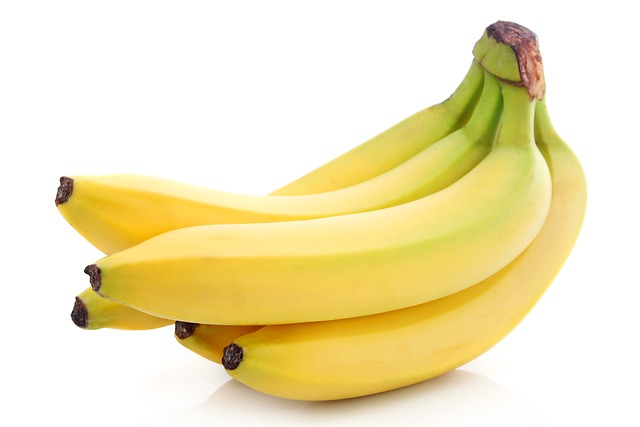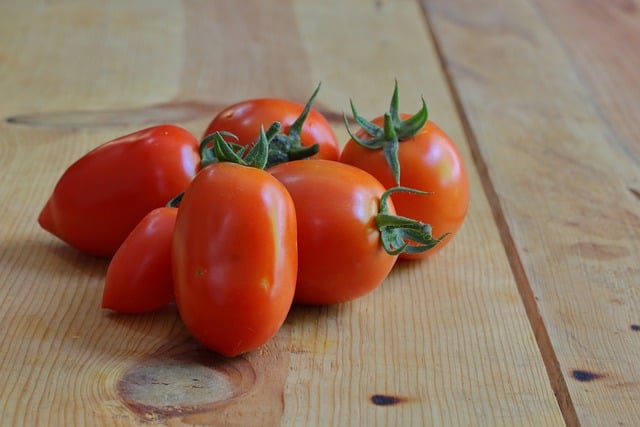Millions of people worldwide suffer from chronic kidney disease (CKD), and diet is a key factor in controlling its progression. Many people are curious about the safety of plant-based diets for kidney disease and how they stack up against conventional renal diets. The good news? In addition to offering vital nutrients, a carefully thought-out plant-based diet can promote kidney health, lower inflammation, and slow the progression of CKD.
The best and worst foods for chronic kidney disease (CKD), how to control potassium and phosphorus levels, the advantages of a plant-based diet for kidney function, and a kidney-friendly plant-based meal plan to get you started are all covered in this guide.
How a Plant-Based Diet Supports Kidney Health
Switching to a plant-based diet can offer significant benefits for those with kidney disease. Here’s how:
1. Lowers Acid Load on Kidneys
Animal proteins increase acid levels in the body, making the kidneys work harder to maintain balance. Plant-based diets reduce acid buildup, helping preserve kidney function.
2. Reduces Inflammation
High-fat animal foods can contribute to inflammation, which worsens kidney damage. Plant-based foods are rich in antioxidants, fiber, and healthy fats, helping to combat inflammation.
3. Controls Blood Pressure & Diabetes
Hypertension and diabetes are major risk factors for CKD. A diet high in fruits, vegetables, whole grains, and plant-based proteins can lower blood pressure and improve insulin sensitivity.
4. Manages Phosphorus & Potassium Levels
Many plant-based foods contain phosphorus and potassium, but in a form that is less readily absorbed by the bodycompared to animal sources. Careful selection of low-potassium and low-phosphorus foods is key.
Best & Worst Plant-Based Foods for Kidney Disease
Kidney-Friendly Plant-Based Foods
Low-Potassium Vegetables:
- Cauliflower
- Cabbage
- Green beans
- Peppers
- Zucchini
Low-Phosphorus Whole Grains:
- White rice
- Refined pasta
- Corn-based products
- Sourdough bread
Healthy Plant-Based Proteins:
- Tofu (in moderation)
- Seitan (low-phosphorus meat substitute)
- Small portions of lentils or chickpeas (pre-soaked & cooked)
Healthy Fats for Kidney Disease:
- Olive oil
- Flaxseeds (rich in omega-3)
- Avocado (in moderation for potassium control)
Foods to Avoid with Kidney Disease
High-Phosphorus Plant Foods:
- Nuts (almonds, cashews, peanuts)
- Whole wheat bread
- Dark sodas and plant-based milk with phosphate additives
High-Potassium Vegetables & Fruits:
- Bananas
- Oranges
- Tomatoes
- Potatoes (can be leached to reduce potassium)
Processed Plant-Based Foods:
- Vegan meats with added phosphorus preservatives
- Salt substitutes (often high in potassium)
- Pre-packaged vegan meals (often high in sodium)
How to Start a Kidney-Friendly Plant-Based Diet
If you’re transitioning to a plant-based diet while managing kidney disease, follow these tips:
1. Work with a Dietitian
A registered dietitian specializing in kidney disease can help tailor a plant-based meal plan that fits your individual nutritional needs.
2. Adjust Protein Intake Based on Kidney Function
- Early-stage CKD: Moderate plant-based protein is beneficial.
- Late-stage CKD: Lower protein intake to reduce kidney strain.
3. Balance Phosphorus & Potassium
- Choose low-phosphorus grains and protein sources.
- Pre-soak beans and lentils to lower phosphorus.
- Avoid potassium-rich plant foods unless approved by a healthcare provider.
4. Cook Smart for Kidney Health
- Leach high-potassium vegetables (boiling them in water removes excess potassium).
- Avoid processed vegan foods with added phosphorus and sodium.
FAQs: Common Questions About a Plant-Based Diet for Kidney Disease
1. Can I eat beans and lentils if I have kidney disease?
Yes, but in moderation and preferably pre-soaked and cooked to reduce potassium and phosphorus levels.
2. Is tofu good for kidney disease?
Yes! Tofu is low in phosphorus and high in protein, making it a great choice for plant-based kidney diets.
3. Can a plant-based diet reverse kidney disease?
While it may not completely reverse CKD, a well-balanced plant-based diet can slow progression, reduce inflammation, and improve overall kidney health.
4. What’s the best plant-based protein for kidney disease?
Low-phosphorus options like tofu, seitan, and small amounts of pre-soaked legumes are great choices.
5. How can I lower phosphorus naturally?
- Avoid processed foods with phosphate additives.
- Choose plant-based phosphorus sources (less absorbable than animal sources).
- Take phosphorus binders if prescribed by your doctor.
Sample Kidney-Friendly Plant-Based Meal Plan
Breakfast:
- Oatmeal with almond milk and blueberries
- Herbal tea
Lunch:
- Quinoa salad with tofu, cucumber, and lemon dressing
- Steamed cauliflower
Dinner:
- Stir-fried zucchini with garlic and olive oil
- White rice with a small portion of lentils
Snacks:
- Rice cakes with hummus
- Low-sodium popcorn with olive oil
Conclusion: Take Control of Your Kidney Health with a Plant-Based Diet
Making the switch to a plant-based diet that is kidney-friendly can help lower inflammation, slow the progression of CKD, and enhance general health. You can naturally support your kidneys by eating foods that are low in potassium, low in phosphorus, and high in antioxidants. To customize your diet according to your stage of chronic kidney disease, always seek advice from a healthcare professional or dietitian.
Are you prepared to switch? For the best kidney health, start with one plant-based meal a day and gradually change your diet!

